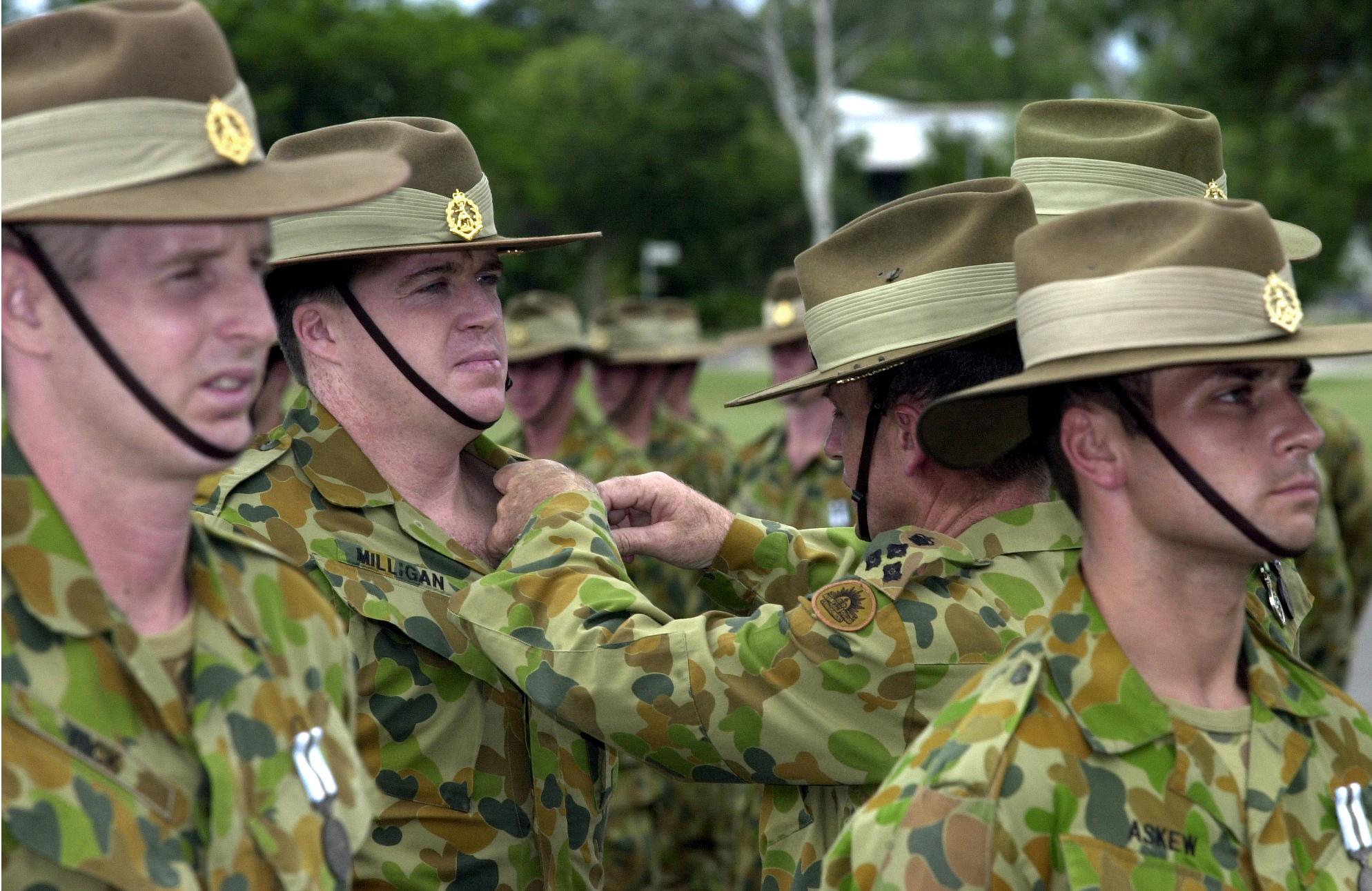Reflections on the Defence of Australia, 1987 (part 1)
Posted By Kim Beazley on July 6, 2017 @ 14:30

The 1987 defence white paper, The defence of Australia [1], didn’t represent new thinking. Some observers may have thought that was the case, given the anxious critiques of it by advocates of ‘forward defence’, particularly those politically devoted to identifying gaps between Australia under a Labor government and our principal ally, the United States.
Those commentators portrayed a retreat to ‘fortress Australia’, with the implication that we were establishing a fault line in the Western alliance. What DWP ’87 did was render coherent, for the purposes of our defence force structure planning, years of careful thinking by departmental officials, and, to a lesser but important degree, by governments and the burgeoning national security academic community.
DWP ’87 has to be considered in conjunction with a report [2] written by the minister for defence’s consultant, Paul Dibb, published a year earlier. Terminologies were different then. Dibb had recommended a military strategy of denial that rapidly drew criticism from ‘forward defence’ advocates. ‘Denial’ in the Dibb report was replaced in DWP ’87 by a strategy of ‘layered defence’ and ‘defence in depth’.
DWP ’87 placed the key concepts in the Dibb report within regional and global security structures and commitments—matters Dibb was instructed not to comment on. Doing so blunted, to some degree, the critics. The continuities, however, were vastly greater than the discontinuities. The Dibb document illuminated the rationale behind the white paper. For the first time, and in an era in which national security issues enjoyed political saliency, the Australian public had before them the product of nearly three decades’ worth of official cogitation on the defence of Australia.
The genesis of that thinking can be dated back to the 1959 Strategic basis paper [3], which, though set aside by the government of the day, reflected widespread internal official views. The paper asserted:
As our forces could be re-shaped only over a long period of years they should be designed primarily with the ability to act independently of Allies. Such forces could act conjointly with Allies in regional defence arrangements. On the other hand forces shaped solely to act in concert with major Allies would not necessarily be capable of an independent role.
Though the Menzies government did not explicitly act on that assumption, ironically it ordered the substance of such a force. That was in response to doubts about the British sustaining their regional presence for the long term, fears about Konfrontasi in Sukarno-era Indonesia, and concerns about whether the US would judge political developments in Southeast Asia as vital to Western security interests. The 1967 British decision to withdraw from ‘East of Suez’ ended any hopes for a return to the old ways. Then came President Richard Nixon’s 1969 Guam doctrine, which assigned Southeast Asia secondary status and enjoined allies and friends to look to their own defences in the first instance.
The key chapter in DWP ’87 for giving coherence to official thinking was chapter 3, ‘Priorities for force development’. Here, I would argue, both for its primary relevance then and its enduring relevance today, was the notion of ‘escalated low level conflict’. It judged that within our region of primary strategic interest the capability existed to mount difficult conventional but still limited military operations against Australia: ‘These could take the form of increased levels of air and sea harassment, extending to air attacks on northern settlements and off-shore installations and territories, attacks on shipping in proximate areas, mining of northern ports, and more frequent and more intensive raids by land forces.’ It was not assumed then that anyone had such intentions, but capabilities in the region were beginning to show the potential for such activities should intentions change.
The carefully calculated dimensions of an ‘escalated low level threat’ drove the defence force structure. The Dibb report and DWP ’87 overthrew the previous driver, the ‘core force concept’. Despite 20 years of revised thinking, we had not moved away essentially from timely replacement of existing capability.
Two concepts supplanted it. The first was the ‘force in being’—the air, naval and army requirements that would be structured and equipped to deal with threat scenarios on the immediate horizon. The second was the ‘expansion base’—the vital capabilities that needed to be kept in service should the worst occur. The basic equipment and skills would be there for an expansion in equipment numbers and personnel. For the navy this dictated, for example, 17 anti-submarine warfare/air-defence capable Tier 1 and Tier 2 ships for the ‘force in being’ based on credible scenarios in the choke points of our northern approaches. This was not a ‘think of a number’ exercise.
As the Cold War ended and we claimed a ‘peace dividend’, those calculations fell into disuse. Faced with extensive out-of-area deployments and the difficulties shown up by the 1999 East Timor commitment, the 1987 rationale disappeared along with the calculations. The excellent performance of our military in the Middle East, Timor and the South Pacific reinforced a sense that nothing was amiss.
That confidence has persisted through the recent white papers. DWP 2016 [4] gave equal prominence to our global and regional commitments as force structure determinants with the defence of our approaches. The ‘core force’ has returned unannounced. It has done so just when our strategic environment has taken a turn for the worse.
Article printed from The Strategist: https://aspistrategist.ru
URL to article: /reflections-defence-australia-1987-part-1/
URLs in this post:
[1] The defence of Australia: http://www.defence.gov.au/Publications/wpaper1987.pdf
[2] report: http://www.defence.gov.au/spi/publications/defreview/1986/Review-of-Australias-Defence-Capabilities-1986_Part1.pdf
[3] 1959 Strategic basis paper: http://www.defence.gov.au/Publications/docs/StrategicBasis.pdf
[4] DWP 2016: http://www.defence.gov.au/whitepaper/docs/2016-defence-white-paper.pdf
Click here to print.